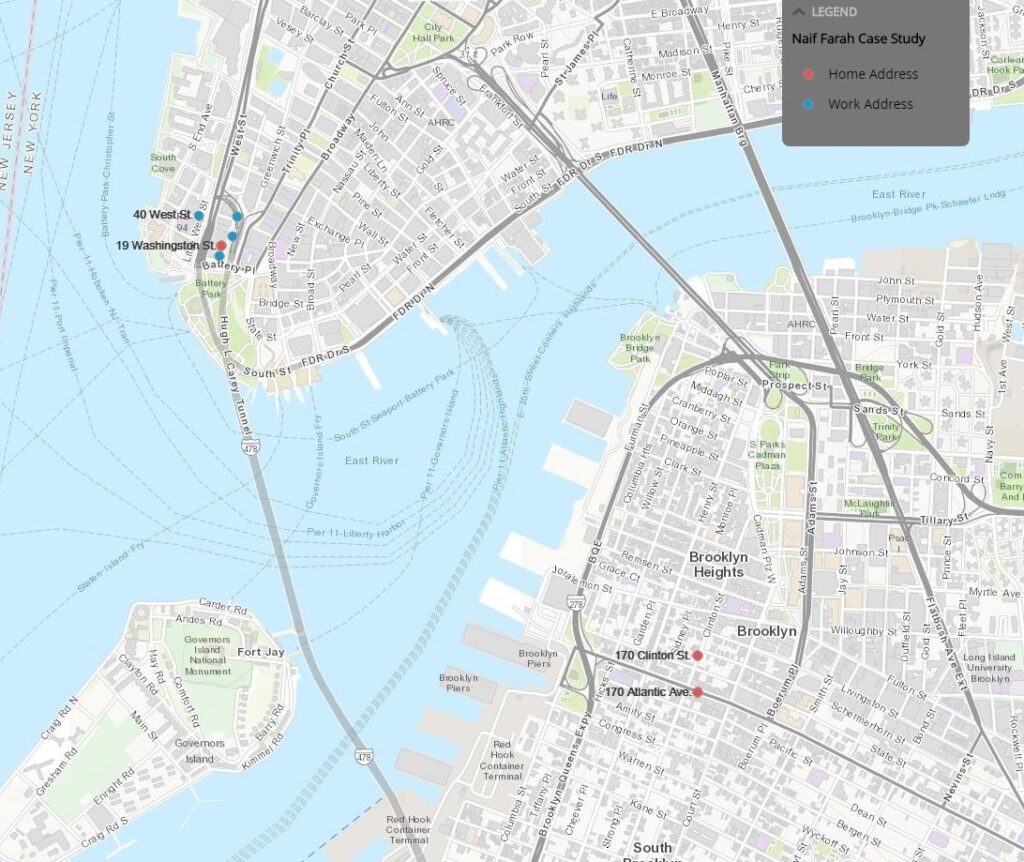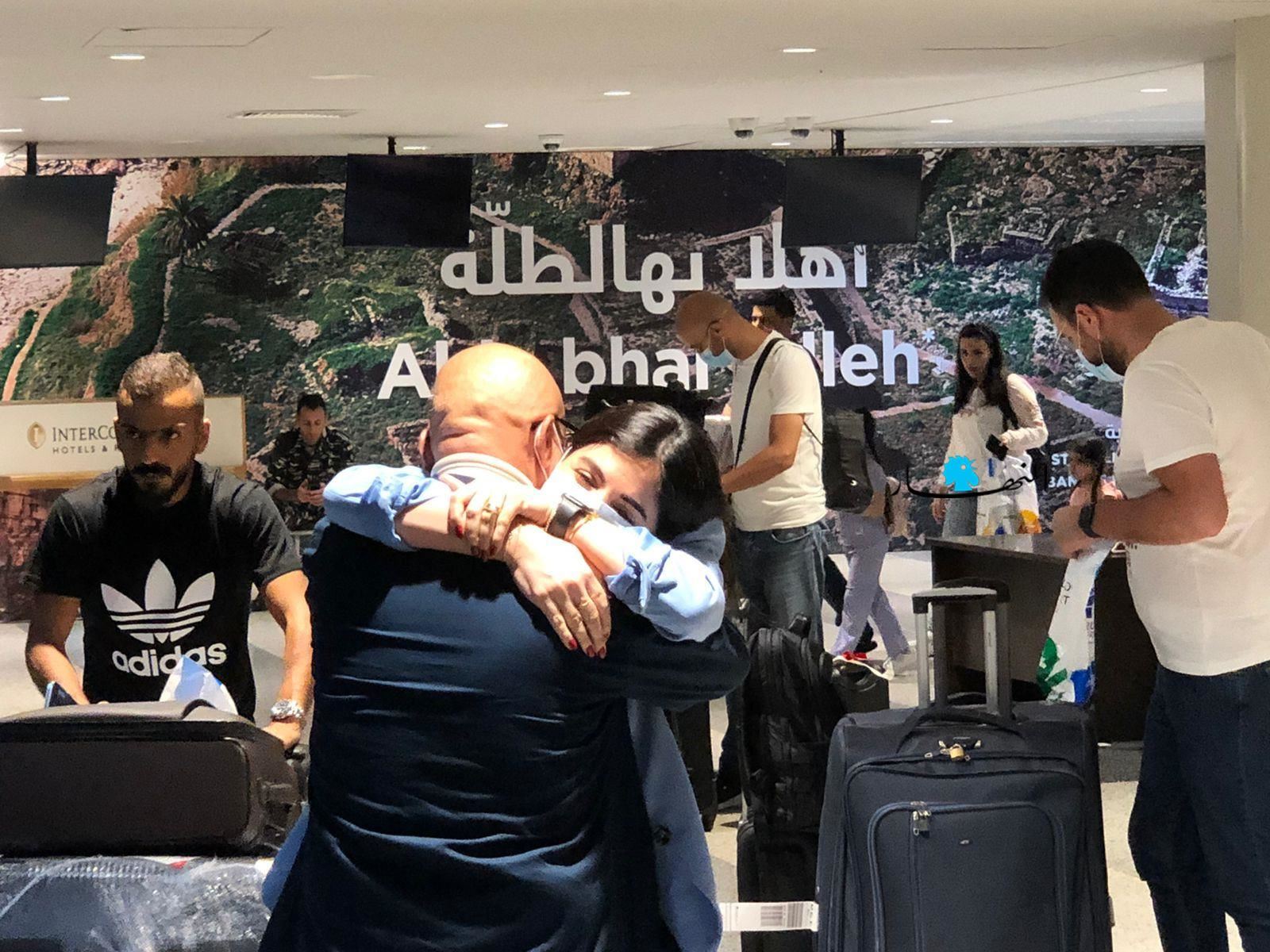Naif Farah: A Syrian in New York
The Khayrallah Center excitedly published the digital project Syrians in New York: Mapping Movement, 1900-1930 in September of 2017. However, not all of the extensive research conducted for the project fit within its final scope. This case study of Naif Farah reflects many elements of the story of Syrian/Lebanese immigrants that emphasizes upward mobility and success, and in the case of New York City, correlates with the community’s movement from Manhattan to Brooklyn. While the Syrians in New York project complicates this simplified narrative and combats the assumption that moving from Manhattan to Brooklyn equated with success, Naif Farah’s story represents an important part of the history of Syrian/Lebanese experiences in New York City and the United States.
The following case study was written by Ethan Ley for the first iteration of the Syrians in New York project and modified by Katie Schinabeck.

Naif Farah was born in Hama, Syria and arrived in New York City in December 1896 traveling by sea from Marseilles, France. He appeared in the 1900 U.S. Census working as a “notions dealer” while living as a boarder in a tenement building with 53 other people at 17 Washington Street. While it is impossible to know where Farah initially worked, “notions dealers” were often salesmen–sometimes mobile peddlers–who specialized in cloth goods such as lace and ribbons.
Ten years later, in 1910, Farah had moved one house north to 19 Washington Street, another similarly crowded tenement building with his wife Tamine, a fellow Syrian/Lebanese immigrant, of three years and their two sons, Richard and Henry. Records list Farah as a manufacturer and dealer in dry goods, specifically working with textiles and kimono production. While it is not clear what type of kimonos Naif worked with, it is likely that he manufactured women’s robes and gowns for wearing in the home.

The Farah family continued to grow between 1910 and 1925 to include two more sons, Albert and George, and two daughters, Margaret and Catherine. Meanwhile, Naif continued to work in textiles, specifically with kimonos at various addresses along Washington Street. Between 1912 and 1916 according to directory addresses, Farah and his family moved to Brooklyn while Naif maintained his work with kimonos along Washington Street.

By 1925, the Farah family had moved across the East River from Manhattan to a home at 170 Atlantic Avenue in the heart of the South Ferry neighborhood of Brooklyn. South Ferry, known today as Cobble Hill, continues to be a thriving area for Middle Eastern populations, housing some of the oldest Middle Eastern businesses in New York City. For example, 170 Atlantic Avenue where the Farah family resided in 1925, is now home to the Oriental Pastry & Grocery, owned by Syrian immigrant Gaith Mustapha and his family.
Five years later, in 1930, the Farah family had moved into a home at 170 Clinton Street, the first home where they are listed as owners. At a value of $20,000 in 1930, the Farah family’s home represented a large investment and an indication of the family’s intention to remain in Brooklyn for a significant period. The family’s growth and movement personifies the historical narrative promoted by historians of the Syrian Colony. Naif, like the typical Syrian immigrant, began working as a notions dealer in Manhattan while living in a tenement and moved up the economic ladder to own his own business, making connections and property ties in both Manhattan and Brooklyn. He and his family then moved to Brooklyn with enough money to buy their own home.
- Categories:

